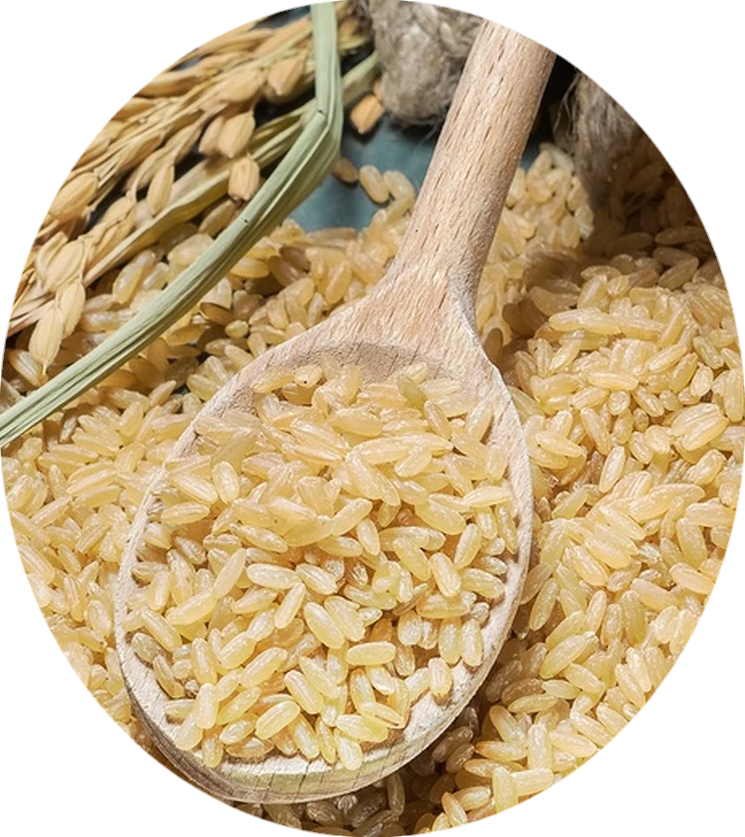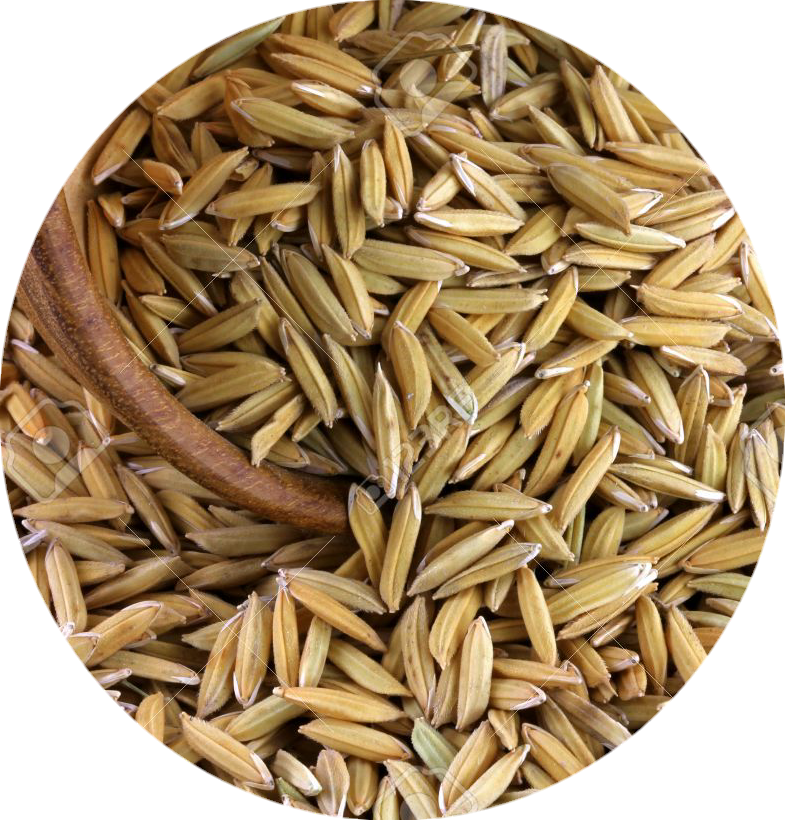Rice Bran / Rice Husk

Rice is a plant. The outer layer of the grain (bran) and the oil made from the bran are used for medicine. Rice bran oil is popular as a "healthy oil" in Japan, Asia, and particularly India. Be careful not to confuse rice bran with other forms of bran such as oat and wheat bran.

Rice hulls (or rice husks) are the hard protecting coverings of grains of rice. In addition to protecting rice during the growing season, rice hulls can be put to use as building material, fertilizer, insulation material, or fuel. Rice hulls are part of the chaff of the rice.


Description
Rice is a plant. The outer layer of the grain (bran) and the oil made from the bran are used for
medicine. Rice bran oil is popular as a "healthy oil" in Japan, Asia, and particularly India. Be
careful not to confuse rice bran with other forms of bran such as oat and wheat bran.
Uses:
Rice bran is used for treating diabetes, high blood pressure, high cholesterol, alcoholism,
obesity, and AIDS; for preventing stomach and colon cancer; for preventing heart and blood
vessel (cardiovascular) disease; for strengthening the immune system; for increasing energy and
improving athletic performance; for improving liver function; and as an antioxidant.Some people
apply rice bran directly to the skin for an allergic skin rash called eczema (ectopic
dermatitis).
Properties:
High cholesterol, when added to a reduced-fat diet. Following a low-fat diet and taking 85 grams
of full-fat rice bran per day seems to lower total cholesterol by 8% and “bad” low-density
lipoprotein (LDL) cholesterol by 14%. Rice bran does not seem to affect other blood fats such as
triglycerides or “good” high-density lipoprotein (HDL) cholesterol. Taking 11.8 grams of rice
bran in a reduced-fat form doesn't work as well. Both full-fat and reduced-fat rice bran work
about as well as oat bran for reducing high cholesterol.
Rice bran oil also seems to be effective for high cholesterol. There is some evidence that rice
bran oil can reduce total cholesterol by 14%, LDL by 20%, triglycerides by 20%, and increase HDL
by 41%.


Description
Rice hulls (or rice husks) are the hard protecting coverings of grains of rice. In addition to
protecting rice during the growing season, rice hulls can be put to use as building material,
fertilizer, insulation material, or fuel. Rice hulls are part of the chaff of the rice.
Uses:
Combustion of rice hulls affords 'rice husk ash'). This ash is a potential source
of amorphous reactive silica, which has a variety of applications in materials science. Most of
the ash is used in the production of Portland cement.[1] When burnt completely, the ash can have
a Blaine number of as much as 3,600 compared to the Blaine number of cement (between 2,800 and
3,000), meaning it is finer than cement. Silica is the basic component of sand, which is used
with cement for plastering and concreting. This fine silica will provide a very compact
concrete. The ash also is a very good thermal insulation material. The fineness of the ash also
makes it a very good candidate for sealing fine cracks in civil structures, where it can
penetrate deeper than the conventional cement sand mixture.
Rice husk ash has long been used in ceramic glazes in rice growing regions in the Far East, e.g.
China and Japan.[2] Being about 95% silica, it is an easy way of introducing the necessary
silica into the glaze, and the small particle size helps with an early melt of the glaze.
A number of possible uses for RHA include absorbents for oils and chemicals, soil ameliorants, a
source of silicon, insulation powder in steel mills, as repellents in the form of "vinegar-tar"
release agent in the ceramics industry, as an insulation material. More specialized applications
include the use of this material as a catalyst support.[3]
Properties:
Husk makes for good insulation material since it does not burn easily till air is blown through
it. It is highly resistant to the penetration of moisture and fungal decomposition.
Rice husk decomposes slowly due to the rich silica content, and can therefore not be considered
for use as fodder.
When rice husk is burned, its ash content of 17 – 26 % is far higher than that of wood and coal.
This explains the need for much larger volumes of husk when utilized for power generation.
Its high calorific value makes it a good source of renewable energy.